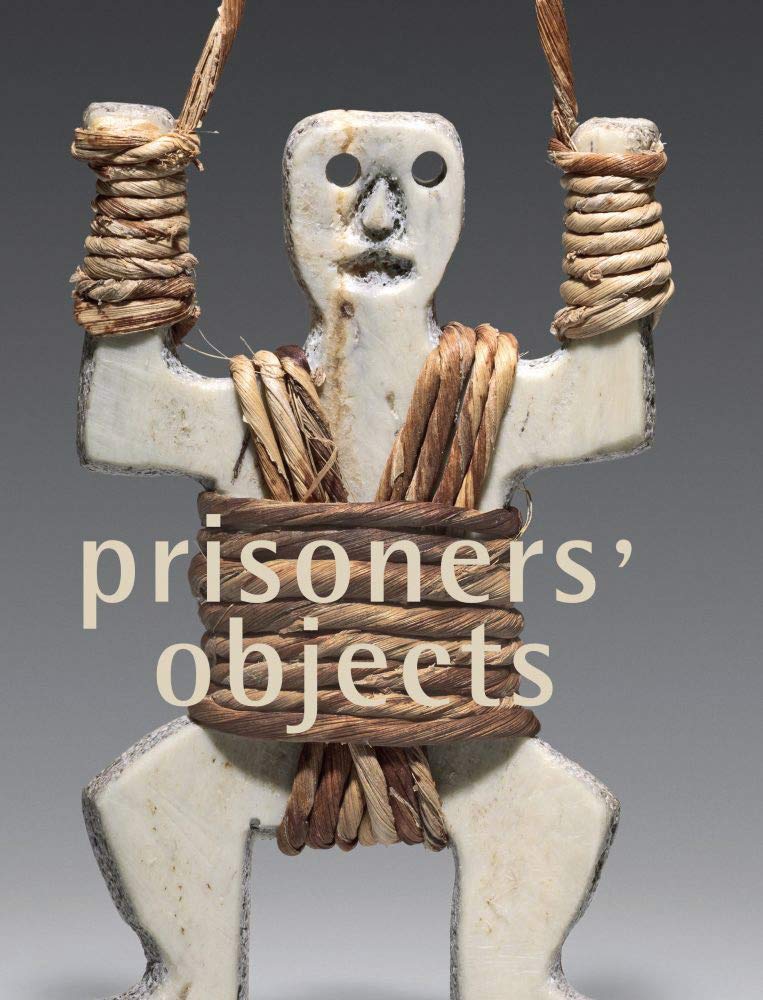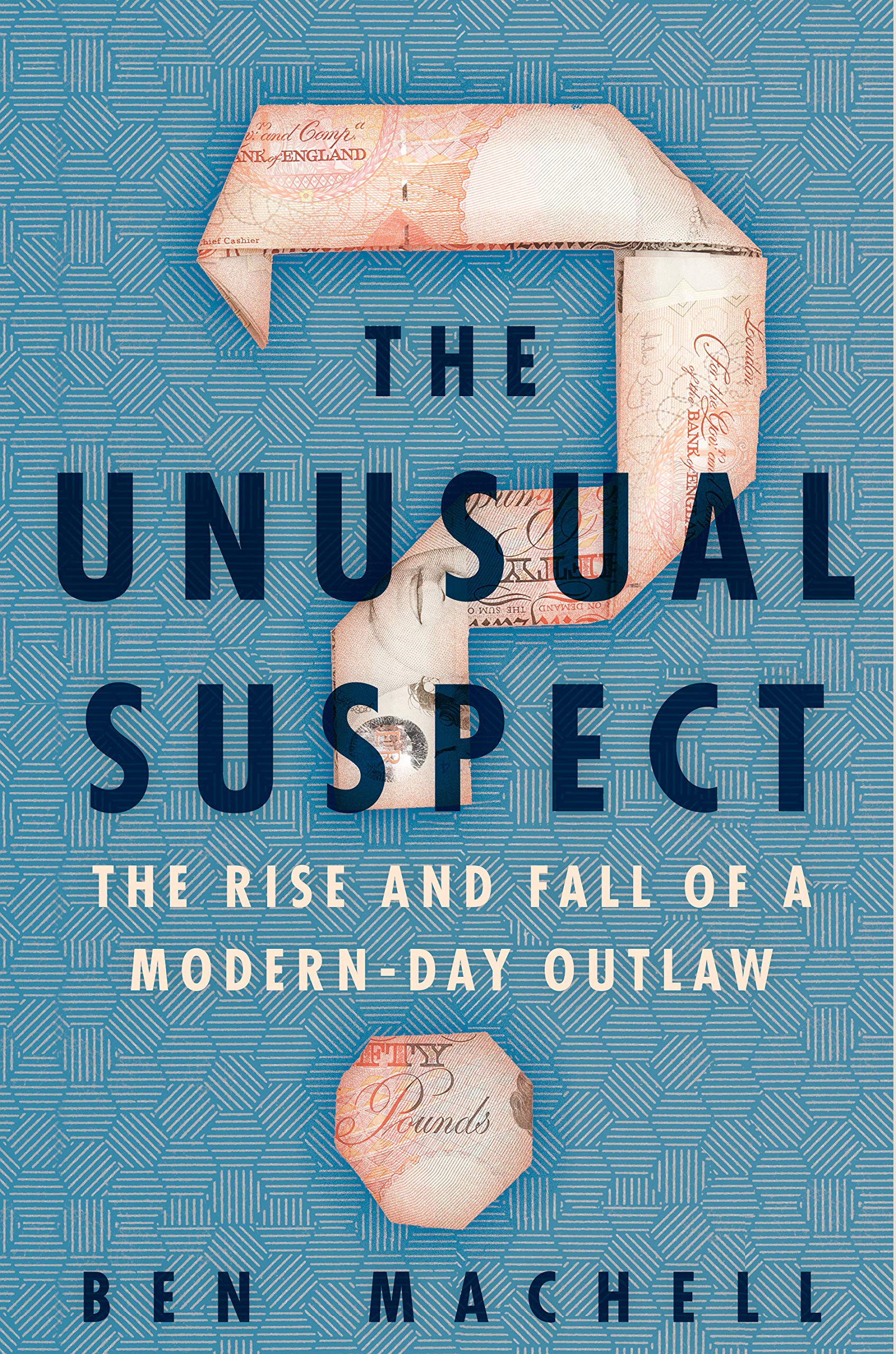Crown & Sceptre: A New History of the British Monarchy, from William the Conqueror to Elizabeth II
Bravo, Tracy Borman! Your new book is masterly, and I use that word without gender-specificity. Your saga of a thousand years of British monarchy is astonishing, each chapter creating an image of a king’s or queen’s individual strengths, foibles, and even inadequacies.
The list is long, introducing monarchs who valued art and architecture (few) and others who relied on violence and warfare to retain territorial possessions (many). You introduce the queens who reigned alone, beside their husband, behind him; the brides, barely reaching their teens before producing a quantity of babies.
Young English children irreverently recite, “Willie, Willie, Henry, Steve,” to remember the sequence of Norman kings who crossed the Channel back and forth, clinging to their share of France. Warfare sometimes ebbed as complex politics produced treasures such as the Domesday Book and the Magna Carta, still admired today.
Britain’s borders fluctuated: England’s James I had ruled as Scotland’s James VI for thirty-five years before stepping south of the border. His predecessor, Queen Elizabeth I, confronted personal and political losses. No reign was without its trials.
British history is long, incredibly complex, and could be arduous reading without Borman’s praiseworthy synthesis and the deft touches woven into Crown & Sceptre.
| Author | Tracy Borman |
|---|---|
| Star Count | 5/5 |
| Format | Hard |
| Page Count | 576 pages |
| Publisher | Atlantic Monthly Press |
| Publish Date | 07-Dec-2021 |
| ISBN | 9780802159106 |
| Bookshop.org | Buy this Book |
| Issue | December 2021 |
| Category | History |
| Share |






